To those unfamiliar with Formula 1, its teams can come off as secret societies. You view the races and witness the drivers take 1st place and 2nd place to battle for a long-awaited ‘wheel-to-wheel’ duel. However, hundreds of people work for months, or in some cases, years, to make these moments happen.
Each team operates as a small city that has its own functioning engineers, strategists, countless mechanics, and other specialists that never make it into the cameras but statistically decide outcomes, winners, and losers.
The real magic happens away from the spotlight. Teams spend millions of dollars and employ brilliant minds to gain tiny advantages that might save a tenth of a second per lap. That tiny margin can mean the difference between victory and defeat when races get decided by milliseconds. The paddock holds secrets that transform how you understand this incredible sport.
What Makes F1 Teams Special
The Constructor Identity
Teams in Formula 1 carry official constructor status, which means they must build their own racing cars from scratch. You cannot simply buy a complete car from another manufacturer like other racing series allow. Each team designs its chassis, develops its aerodynamics, and creates unique solutions to the same fundamental challenge of speed.
This requirement creates fascinating diversity across the grid. Ten teams approach the same regulations with completely different philosophies and arrive at wildly different solutions. While Mercedes may value straight line speed above everything else, Red Bull may want to put in focus on cornering performance. Both strategies work for winning the championship.
The Two-Car Formula
Every constructor must field exactly two cars for each race weekend. This rule creates internal competition that can become incredibly intense. Teammates share technical information and development resources, but they also fight each other for points and recognition. Some partnerships work beautifully while others explode into public feuds that dominate headlines.
The dynamic between drivers shapes team culture in profound ways. Hamilton and Rosberg nearly destroyed their friendship while winning championships for Mercedes. Verstappen and Ricciardo maintained respect despite fierce competition at Red Bull. These relationships often determine whether teams achieve their maximum potential or fall short due to internal conflicts.
Team Hierarchy Explained
The Leadership Structure
Team principals run these organizations like military commanders. Unlike other sports, the revenue does not split equally between teams. Instead, they control deciding partnerships, make pricey multimillion-dollar contracts, change personnel, and, of course, claim success or failure. With Toto Wolff at the rim of leadership and Red Bull with Christian Horner, a soft spot for Red Bull CEO Mattia Binotto, formerly of Ferrari, became known all around the world when placed into the F1 seat because the director’s decisions came cluttered with trophies.
Technical directors focus purely on car performance and development. Adrian Newey at Red Bull has legendary status because his aerodynamic designs consistently produce winning cars. These technical masterminds work with teams of specialists who obsess over details that casual fans never notice but make enormous differences in lap times.
Race Day Operations
Race engineers serve as the voice in the drivers’ ears during sessions. They analyze data streams in real-time and provide strategic guidance when split-second decisions determine race outcomes. The bond of driver and race engineer tends to be as powerful as any technical asset a car could offer, and increases the winning chances way beyond any technical number.
Adapting and improvising goes another step forward with strategy departments, offering the options to think beforehand of several guidelines while treating conditions set. They monitor competitor behavior, weather forecasts, and tire degradation patterns to identify optimal pit stop windows and tactical opportunities that can turn races around completely.
Current Team Landscape
The Championship Contenders
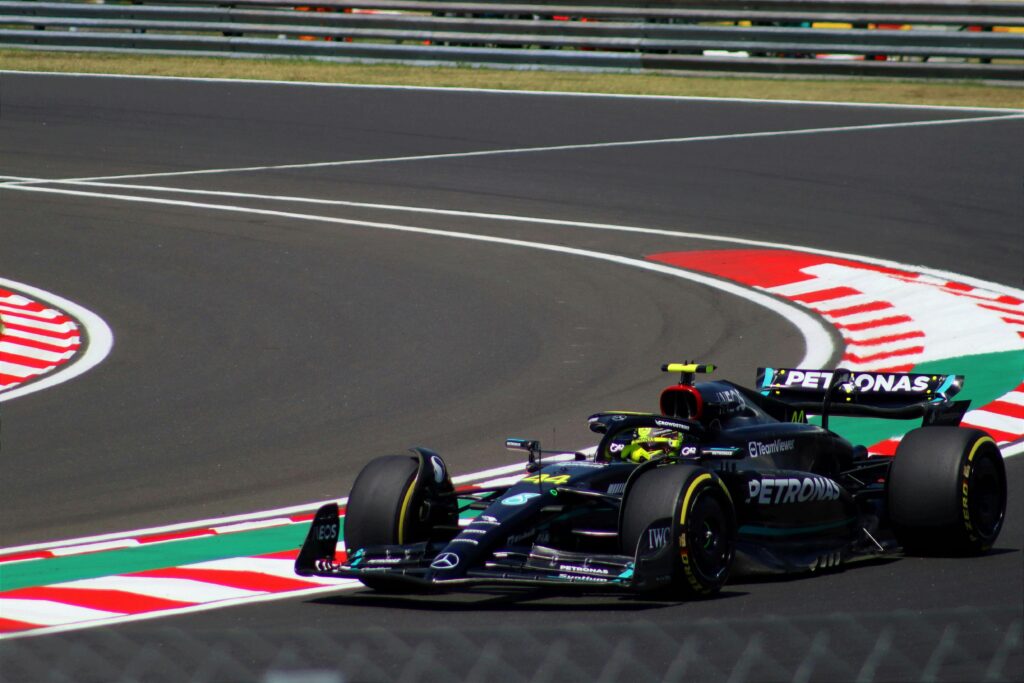
1. McLaren Mercedes
McLaren has surged to the forefront of Formula 1 in 2025, showcasing a blend of youthful talent and engineering excellence. Their Woking headquarters buzzes with innovation, producing the MCL39—a car that has dominated the season. Oscar Piastri and Lando Norris have formed a formidable duo, pushing each other to new heights and leading the team to multiple front-row lockouts, including a notable one at the Spanish Grand Prix . McLaren’s resurgence is a testament to their commitment to reclaiming their legacy at the pinnacle of motorsport.
2. Mercedes-AMG Petronas
Mercedes continues to be a benchmark of consistency and performance. Operating from their Brackley base, the team has integrated rising star Andrea Kimi Antonelli alongside George Russell. While they haven’t dominated the podium, their strategic acumen and technical prowess keep them in contention, reflecting the team’s resilience and adaptability in a highly competitive field.
3. Red Bull Racing
Red Bull Racing remains a formidable force, driven by the relentless competitiveness of Max Verstappen. Despite the departure of technical mastermind Adrian Newey to Aston Martin, the team has maintained its innovative edge. Verstappen’s experience and skill continue to yield strong performances, even as the team navigates challenges with their second driver, Yuki Tsunoda . Red Bull’s commitment to pushing the boundaries keeps them in the championship conversation.
4. Scuderia Ferrari
Ferrari carries the weight of its storied history, striving to return to championship glory. The addition of Lewis Hamilton alongside Charles Leclerc has brought a blend of experience and youthful vigor to the team. While victories have been elusive, Ferrari’s relentless pursuit of excellence and the passionate support from the Tifosi continue to drive the team forward.
The Ambitious Challengers

5. Williams Racing
Williams has experienced a renaissance, blending their rich heritage with modern innovation. Under the leadership of James Vowles, the team has made strategic strides, with Alexander Albon delivering consistent performances. The team’s upward trajectory signals a promising future as they aim to reestablish themselves as regular podium contenders.
6. Haas F1 Team
Haas continues to embody American ambition in Formula 1. With Esteban Ocon leading the charge and rookie Oliver Bearman gaining valuable experience, the team maximizes its resources through strategic partnerships. Their lean operating model and determination keep them competitive in the midfield battle.
7. Racing Bulls
Formerly known as AlphaTauri, Racing Bulls serves as Red Bull’s talent incubator while forging its own identity. Operating from Faenza, the team showcases emerging talents like Isack Hadjar and Liam Lawson. Their commitment to nurturing young drivers and delivering surprising performances underscores their role as a dynamic presence on the grid.
The Development Teams
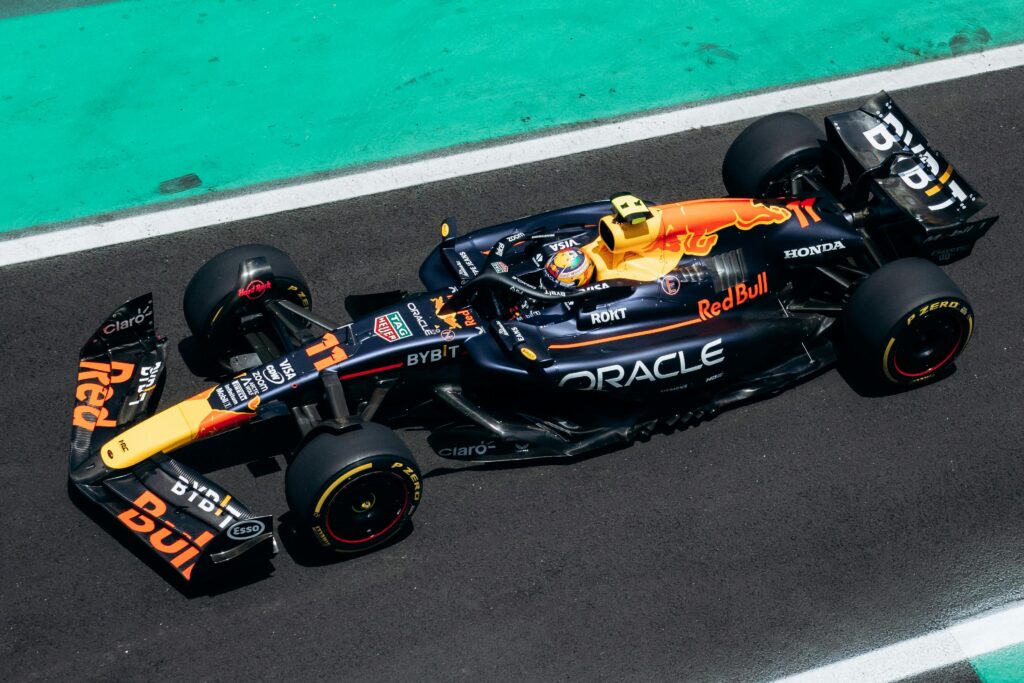
8. Aston Martin Aramco Mercedes
Aston Martin entered the season with high aspirations, bolstered by significant investments and the acquisition of Adrian Newey. Despite facing challenges, including Lance Stroll’s withdrawal from the Spanish Grand Prix due to injury , the team remains focused on developing their infrastructure and competitiveness. Their Silverstone base continues to be a hub of luxury and performance engineering.
9. Alpine Renault
Alpine carries the torch of French racing heritage, balancing manufacturer support with an independent spirit. With Pierre Gasly and rookie Jack Doohan at the helm, the team focuses on developing young talent and technical excellence. While podiums have been scarce, Alpine’s dedication to growth and innovation keeps them in the competitive mix.
10. Kick Sauber
Rebranded from Alfa Romeo, Kick Sauber combines Swiss precision with Italian passion. Navigating through ownership changes, the team continues to prioritize racing excellence. With experienced drivers like Nico Hülkenberg, they aim to surprise the grid with strong performances and strategic prowess.
Race Weekend Operations
Preparation Phase
Teams arrive at circuits days before practice begins, transforming empty garages into high-tech command centers. Mechanics assemble cars from scratch while engineers prepare data systems and communication networks. Every tool must be positioned perfectly because efficiency becomes critical when time pressure mounts.
The logistics operation rivals military campaigns in complexity. Teams transport hundreds of tons of equipment worldwide, with spare parts, tools, and computers all requiring precise handling. A single missing component can compromise an entire weekend, so backup plans have backup plans.
Practice and Qualifying
Free practice sessions provide teams with their only opportunities to test car setups and gather performance data. Engineers analyze thousands of data points while drivers provide feedback about handling characteristics. This information shapes strategic decisions for qualifying and race day.
Qualifying day brings maximum pressure as teams pursue optimal grid positions. Setup changes, tire strategies, and aerodynamic adjustments all come together in pursuit of pole position. The difference between front row and midfield often comes down to details that teams obsess over throughout the weekend.
Race Day Execution
Sunday transforms teams into military operations where every second counts. Strategy rooms monitor weather radar, competitor behavior, and technical parameters while making real-time decisions about pit stops and tactical moves. Communication between pit wall and drivers becomes absolutely critical as situations evolve rapidly.
Post-race analysis begins before cars even return to the garage. Teams examine every aspect of performance to identify areas for improvement and lessons for upcoming events. This continuous learning cycle separates successful teams from those that repeat the same mistakes.
Technology and Innovation
Design and Development
Wind tunnels operate around the clock as teams test countless aerodynamic configurations. These facilities cost tens of millions of dollars but provide crucial advantages in the pursuit of speed. Computational fluid dynamics supplements physical testing, allowing virtual evaluation of thousands of design variations.
Manufacturing capabilities within F1 facilities rival aerospace companies in precision and sophistication. Carbon fiber specialists create chassis components that must withstand enormous forces while remaining incredibly lightweight. Every component gets optimized for performance with tolerances measured in fractions of millimeters.
Data Analysis Revolution
Modern F1 cars generate massive amounts of data that teams process in real-time during sessions. Advanced algorithms help identify performance patterns and optimization opportunities that human analysis might miss. This technological revolution has transformed how teams understand car behavior and strategic options.
Simulation technology allows extensive testing without expensive track time. Advanced driving simulators provide drivers with opportunities to learn circuits and evaluate setup changes in controlled environments. These tools have become essential for maximizing limited testing opportunities under current regulations.
Financial Reality
Budget Cap Era
The way teams manage their resources and operate was altered in 2021 with the introduction of budget limits. Organizations now function with an annual spending cap that excludes tiles such as driver payments and marketing costs. This law is meant to establish competitive balance by preventing rich teams from overspending on their opponents.
Resource allocation decisions have become intensely strategic under these new constraints. Teams must prioritize development areas that provide maximum competitive advantage while maintaining operational efficiency. Smart spending has become as important as total spending in determining success.
Revenue Streams
Sponsorship deals are one of the most powerful sources of revenue as they transcend a simple logo put on an advertisement to more of a business partnership. Support from tech and auto brands, along with consumer products, is gained in the international market and in return, provides sponsorships for their goods.
Prize money distribution from Formula 1 provides significant revenue based on championship performance and historical success. Teams that perform well receive larger payments, creating financial incentives that align with competitive objectives. However, this system also perpetuates advantages for traditionally successful organizations.
Conclusion - The Bottom Line!
F1 teams represent the perfect storm of human ambition and technological excellence. These organizations push boundaries through relentless pursuit of speed while managing complex business operations worth hundreds of millions of dollars. Every championship battle reflects years of dedication from hundreds of professionals who sacrifice normal lives to chase racing glory.
The sport continues evolving as new regulations and technologies reshape competitive dynamics. Budget caps have created more level playing fields while environmental concerns drive innovation toward sustainable solutions. Future developments promise even more excitement as teams adapt to changing requirements while maintaining their core mission of speed and excellence that makes Formula 1 the pinnacle of motorsport.



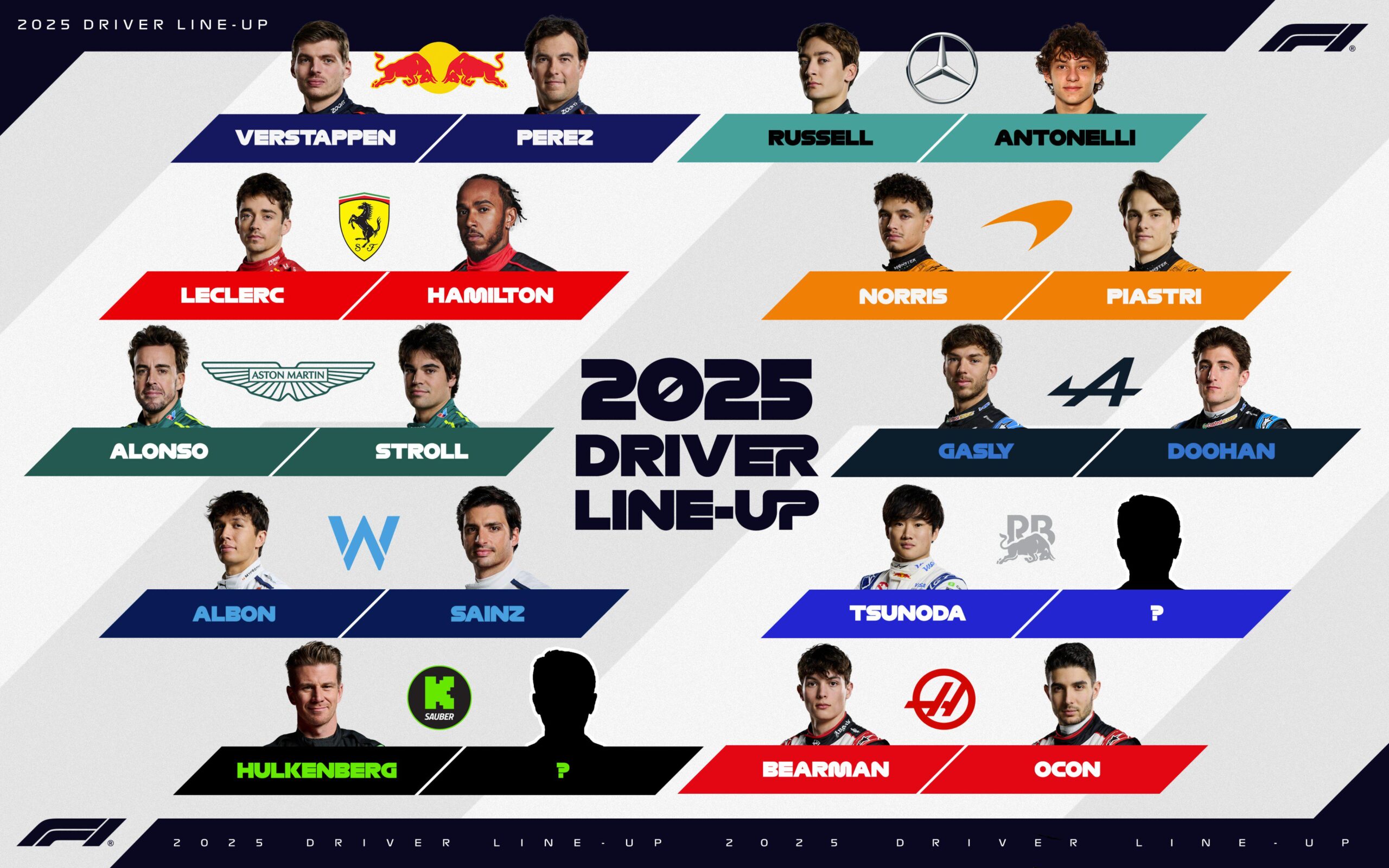
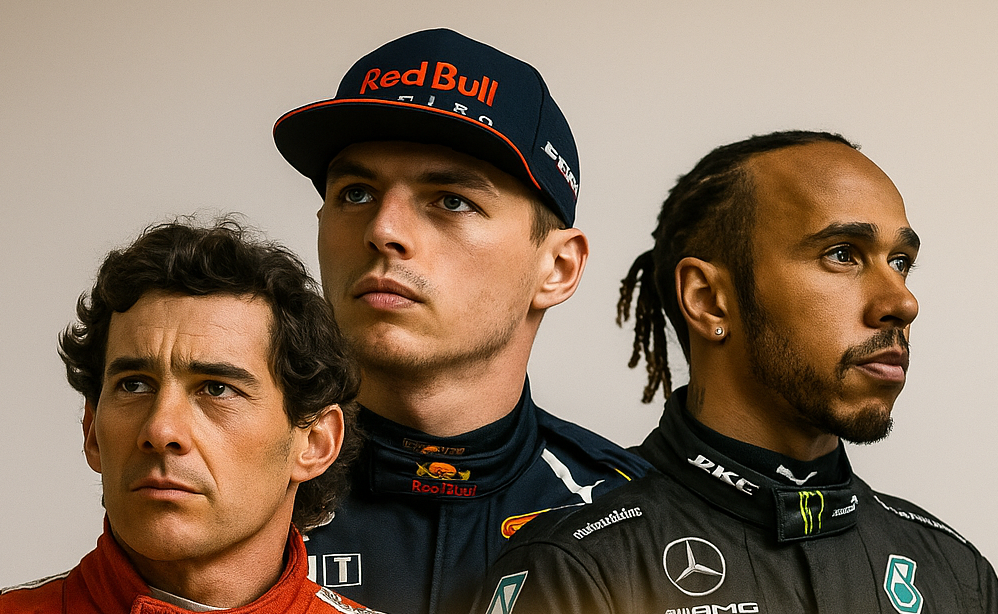
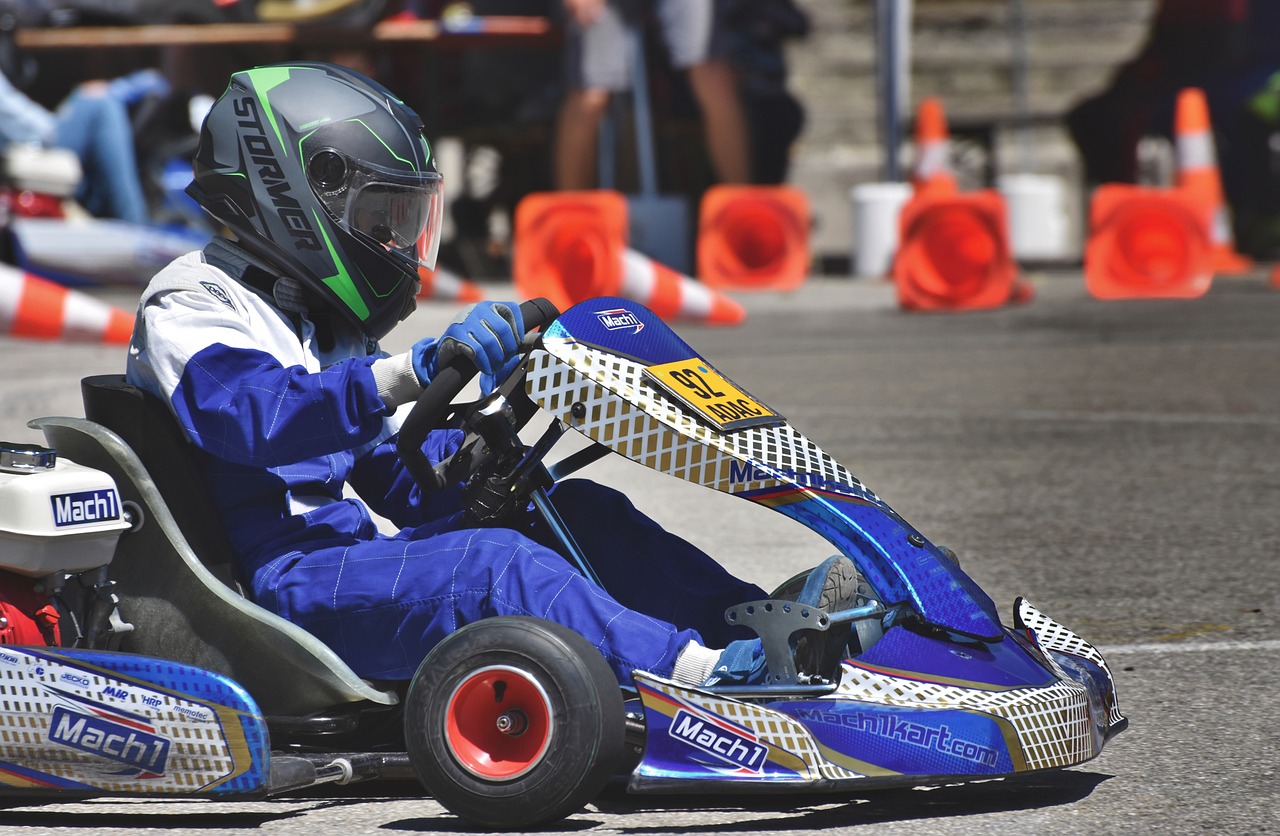
One Response